As educators, we come across problems each and every day. However, some of these problems are hard to find answers to or potentially unsolvable. These are “Wicked Problems.”
Allow failure to be as powerful a learning mode as success.
My group of MAET colleagues and I was given that wicked problem. Failing is something that happens to everyone, but it’s all about what you do with that failure. After extensive research, surveying teachers in our PLN (Professional Learning Network), and bringing in our own experiences we came up with a few ‘best bad solutions.’
I created this infographic on Piktochart to show the research I conducted before my group began trying to solve our wicked problem. Click here if the content does not appear.
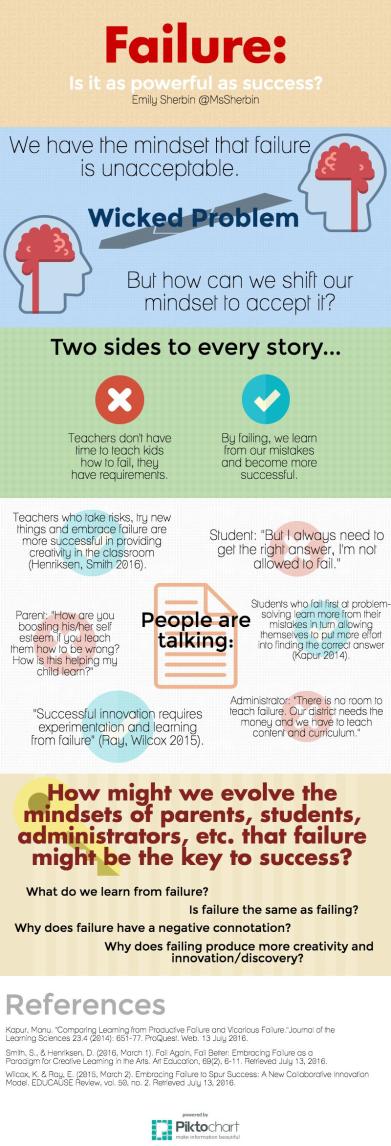
By using Warren Berger’s Why, What if, How questioning sequence, we became closer to uncovering this wicked problem (2014). We came across many potential solutions, but because of how wicked our problem is we had to sort through our answers and ask more questions.
Below is my group’s final presentation representing our ideas and research. We used Easel.ly to create the image and ThingLink to attach various media. As you travel down the path, you learn what a wicked problem is, our wicked problem and our journey to solve it. Share your thoughts and questions on our Lino board linked at the end of the path; the #DreamTeam would love to hear your feedback! Click here if the image does not show up.
Berger, W. (2014). A more beautiful question: The power of inquiry to spark breakthrough ideas. New York, NY: Bloomsbury.
Burger, E. (2012, August 21). Essay on the importance of teaching failure | Inside Higher Ed.
Kapur, Manu. “Comparing Learning from Productive Failure and Vicarious Failure.”Journal of the Learning Sciences 23.4 (2014): 651-77. ProQuest. Web. 13 July 2016.
Kapur, M. (2016, April 7). Examining Productive Failure, Productive Success, Unproductive Failure, and Unproductive Success in Learning. Educational Psychologist, 51:2, 289-299. Retrieved July 13, 2016.
Smith, S. s. (2015). Epic Fails: Reconceptualizing Failure as a Catalyst for Developing Creative Persistence within Teaching and Learning Experiences. Journal Of Technology & Teacher Education, 23(3), 329-355.
Smith, S., & Henriksen, D. (2016, March 1). Fail Again, Fail Better: Embracing Failure as a Paradigm for Creative Learning in the Arts. Art Education, 69(2), 6-11. Retrieved July 13, 2016.
Wilcox, K. & Ray, E. (2015, March 2). Embracing Failure to Spur Success: A New Collaborative Innovation Model. EDUCAUSE Review, vol. 50, no. 2. Retrieved July 13, 2016.

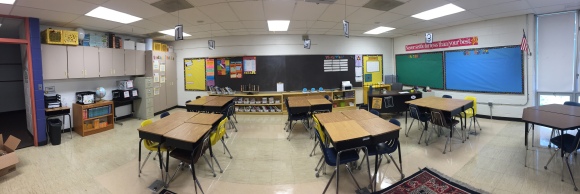
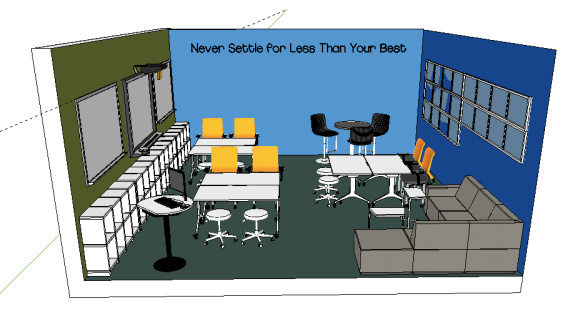


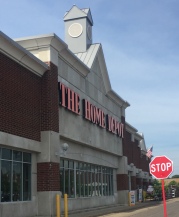
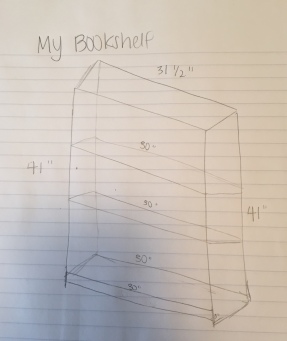







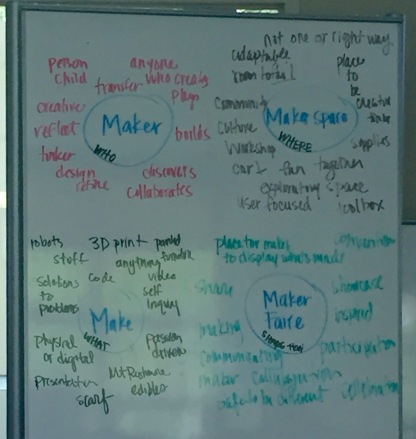
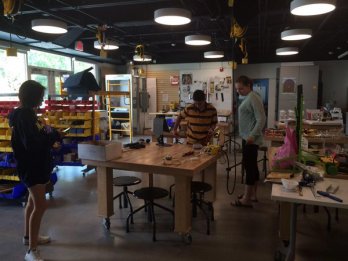
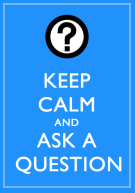
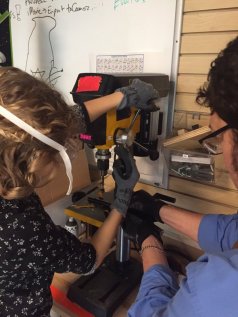
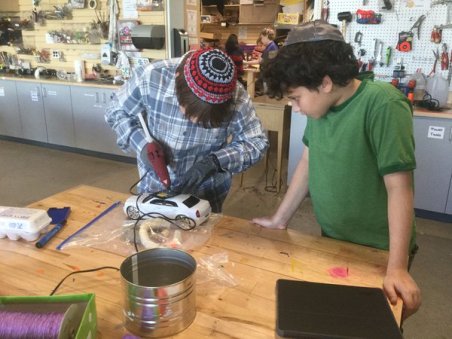
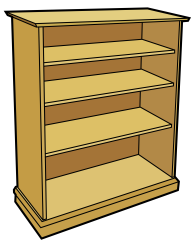 I have decided to learn how to build a bookshelf for my networked learning project. Being a classroom teacher, there is never enough space to store my books, so why not learn how build a bookshelf to put in my classroom space?! I enjoy putting things together that start from nothing and using my toolbox. I am excited to begin the process of making something from just a few pieces of wood.
I have decided to learn how to build a bookshelf for my networked learning project. Being a classroom teacher, there is never enough space to store my books, so why not learn how build a bookshelf to put in my classroom space?! I enjoy putting things together that start from nothing and using my toolbox. I am excited to begin the process of making something from just a few pieces of wood.